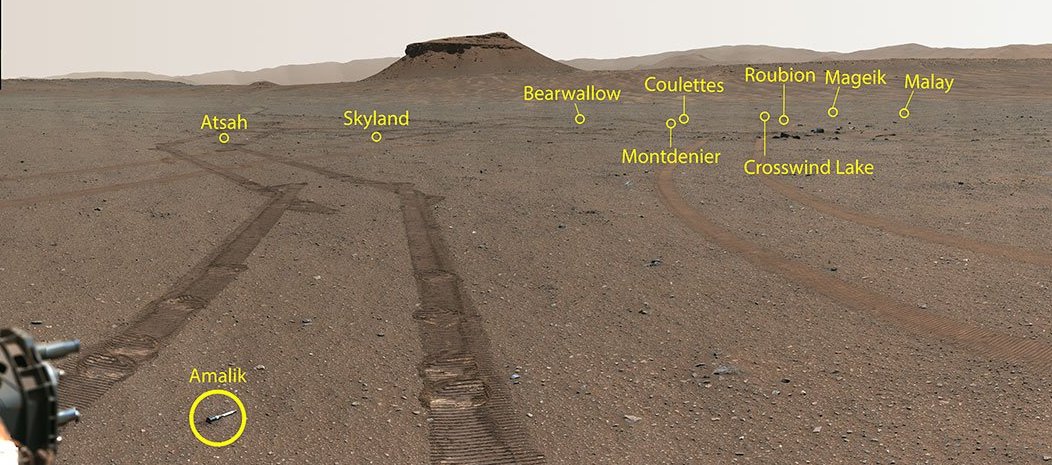India’s Chandrayaan-3 lunar lander/rover passes radiation testing
According to India’s space agency ISRO, its next lunar lander/rover, Chandrayaan-3, has successfully passed testing to make sure it can function without issues in the harsh electromagnetic environment of space.
Magnetic Interference/ Electro – Magnetic Compatibility) test is conducted for satellite missions to ensure the functionality of the satellite subsystems in the space environment and their compatibility with the expected electromagnetic levels.
The spacecraft, which will carry a rover to the Moon’s south pole regions (the red dot on the map to the right), is tentatively scheduled for launch anywhere from June to the end of ’23, depending on the news story you read.
According to India’s space agency ISRO, its next lunar lander/rover, Chandrayaan-3, has successfully passed testing to make sure it can function without issues in the harsh electromagnetic environment of space.
Magnetic Interference/ Electro – Magnetic Compatibility) test is conducted for satellite missions to ensure the functionality of the satellite subsystems in the space environment and their compatibility with the expected electromagnetic levels.
The spacecraft, which will carry a rover to the Moon’s south pole regions (the red dot on the map to the right), is tentatively scheduled for launch anywhere from June to the end of ’23, depending on the news story you read.










